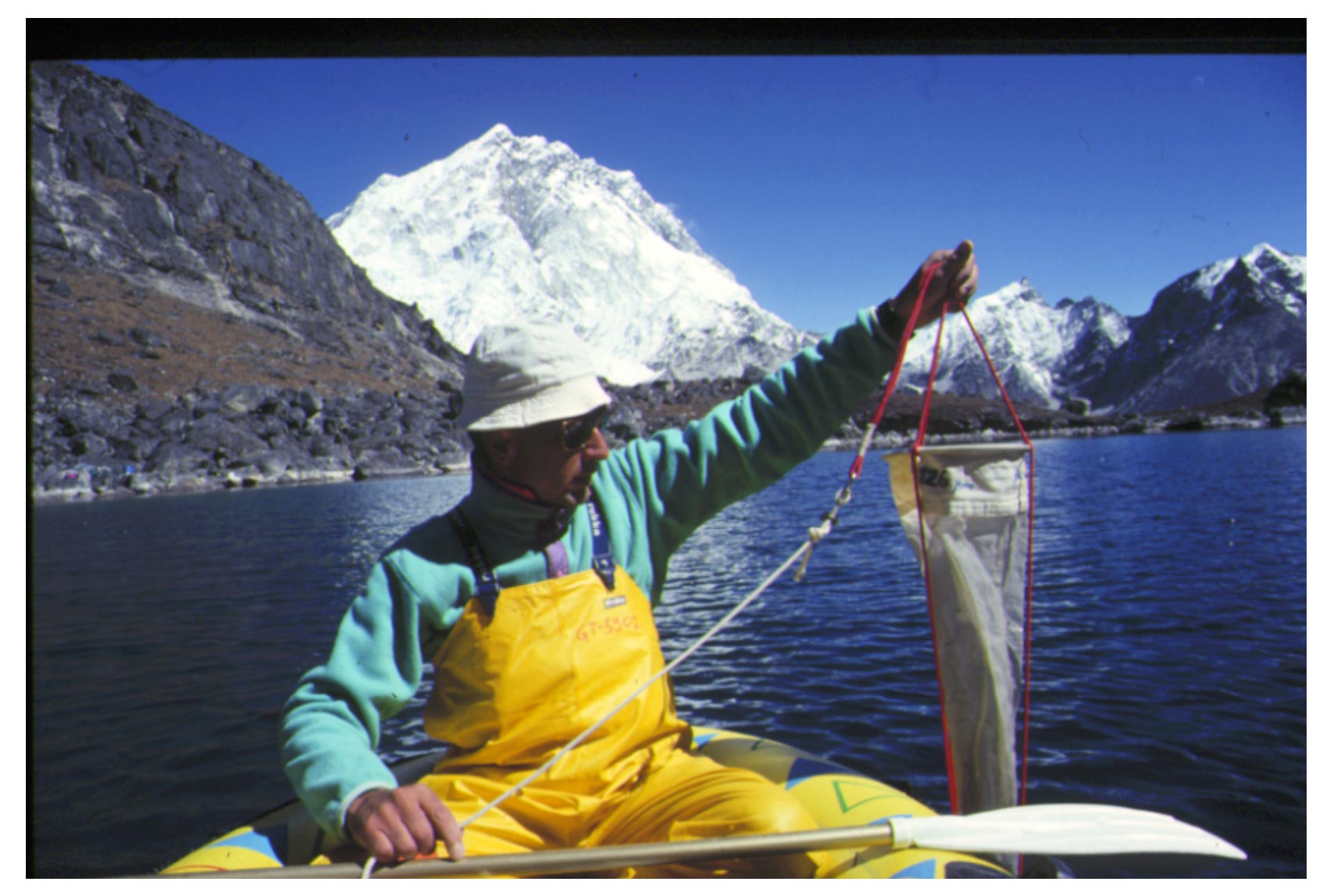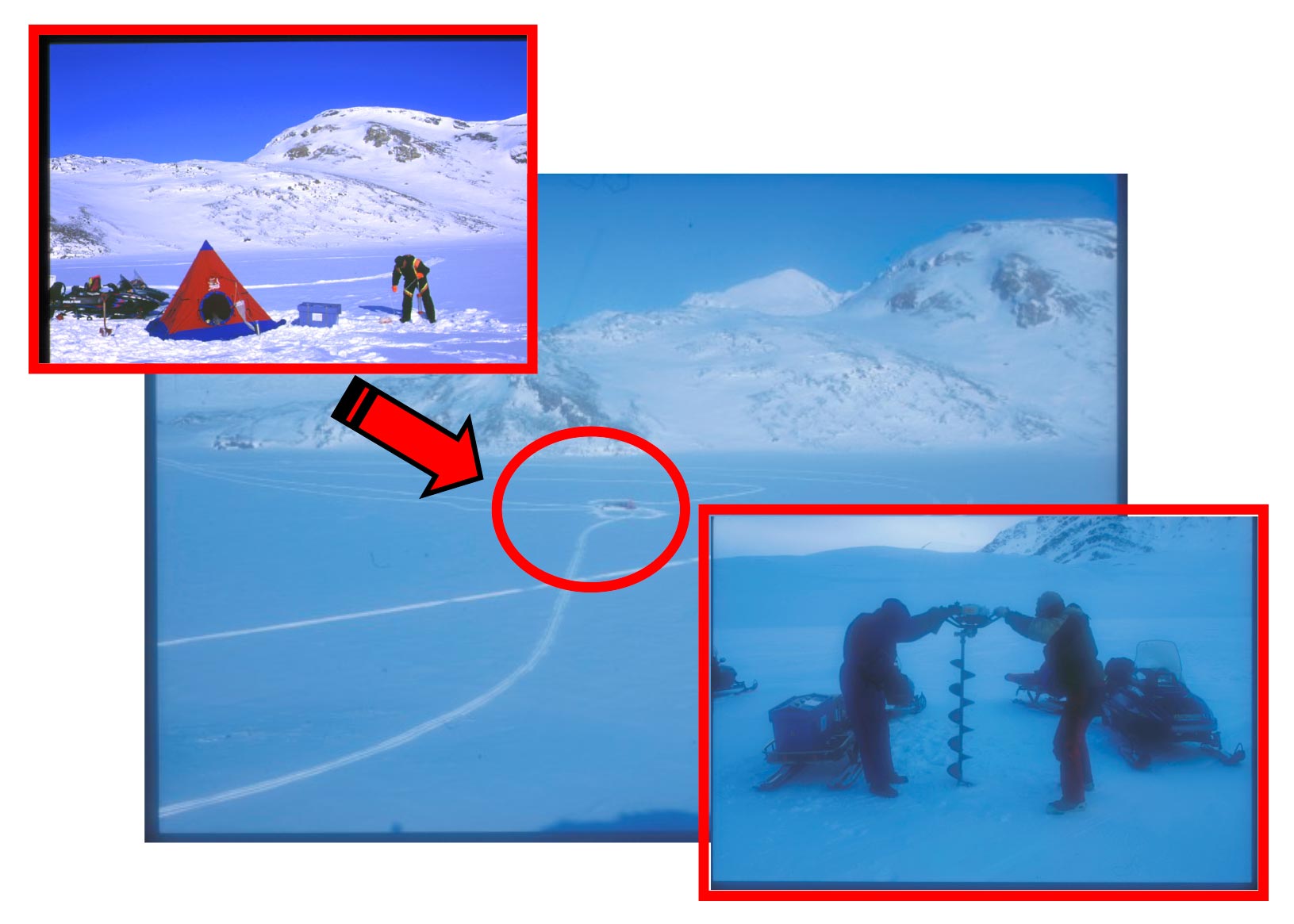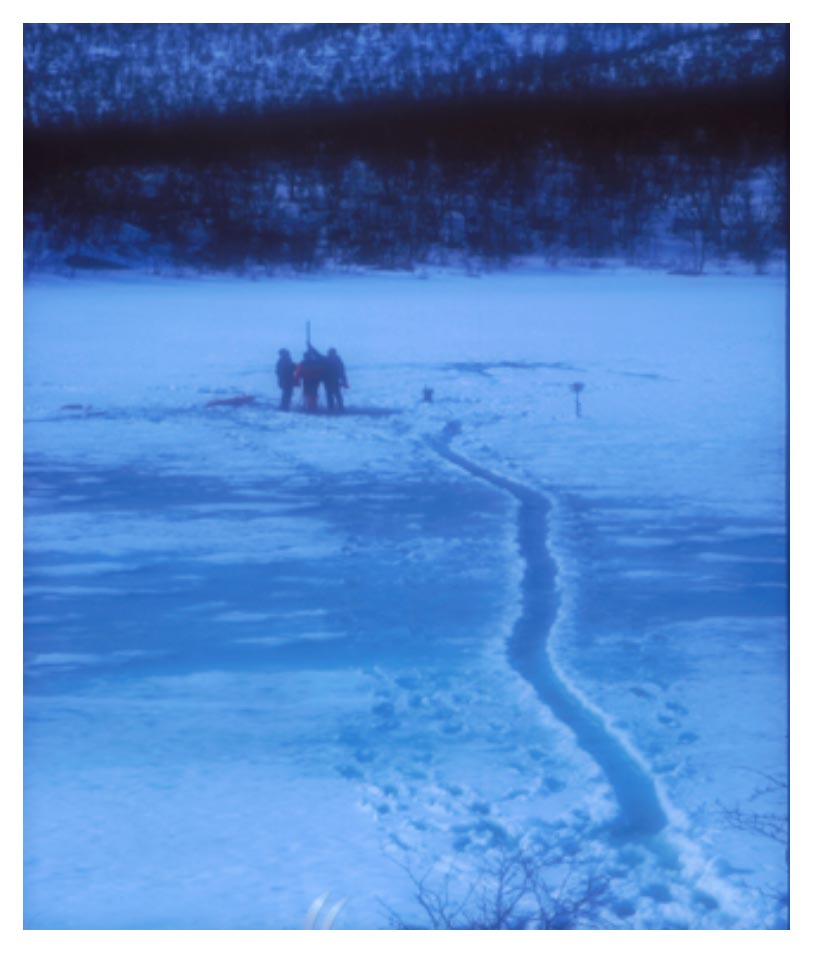

Paleolimnology Italy world archives

Photo by Silvia Longo Dorni
Over the years, there have been many lakes in the world where paleolimnological research has been conducted. One of the best studied lakes by far is Lake Maggiore, by virtue of the fact that on its shore is the Research Institute where paleolimnology research was born in Italy.
In this map of the world, some sites are indicated where paleolimnological researches have been carried out: in Italy, for example, large and small subalpine lakes (e.g. Maggiore, Como, Iseo, Candia, Varese, Pusiano, Alserio, Sartirana), volcanic lakes (Nemi, Albano, Monticchio), alpine lakes (Paione Superiore, Colbricon. But also, as shown in the map, lakes in remote areas of the Globe…

Svalbard

Scotland

Siberia

Austria

Patagonia

Tibet

Alps
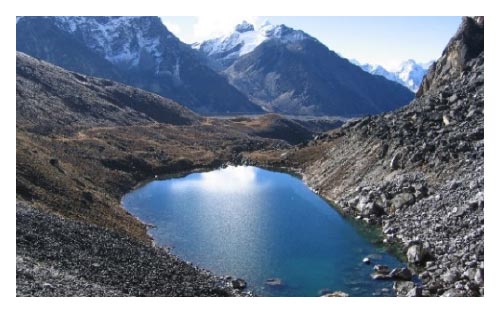
Himalaya
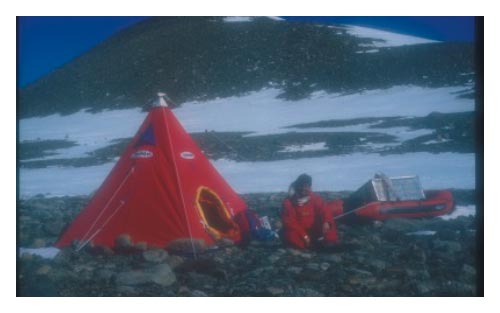
Antarctica
In these images the regions of the Globe in which paleolimnological investigations have been carried out are shown. They range from Antarctica to Svalbard, passing through the Himalaya, the Alps and Tibet. Lakes in Siberia, Scotland and Patagonia have been studied. From the top and from left to right, we find the Ossian Sarsfjellet, the Loc Leven, the Lake Cheko Siberia, the Piburger See Austria), the Lake Hess, several lakes in Tibet. Among the Italian alpine lakes is shown here the Paione Superiore lake, which is also a site for long-term research, as well as the Pyramid lakes in the Himalaya. In Svalbard, Lake Cheko, in Siberia, not shown in the photo.
lower Pyramid lake (Himalaya)
The site of paleolimnological research and long-term investigations is the lower Pyramid lake (5058 m a.s.l.), in the Himalaya. It is part of a waterfall system that includes the highest Lake Piramide Superiore (5209 m a.s.l.). In these lakes sampling and analysis are also allowed by the presence of a laboratory at high altitude, the Pyramid laboratory. Located at 5050 m above sea level, it is the tallest laboratory in the world. In the right photo the sampling of zooplankton with plankton net is shown.
Svalbard
As part of the Polarnet Project, two lakes of the Svalbard Islands were studied: Kongressvatnet and Ossian Sarsfϳellet.
These photos show the operations of taking samples of water and sediment from the Svalbard lakes, to take that which was necessary to perforate the ice layer that covered the surface of the lake.
Antarctica
The photos show the camp near Lake Carezza (1988) in Antarctica and the sediment core of a lake in the Larsemann Hills rich in plant pigments, especially cyanobacteria and bacteria.
Finnish Lapland
The images show the different sampling stages of Lake Somas in Lapland.
Some of the lakes most studied in detail

L. Maggiore

L. Orta

L. Como

L. Iseo

L. Candia

L. Varese

L. Pusiano
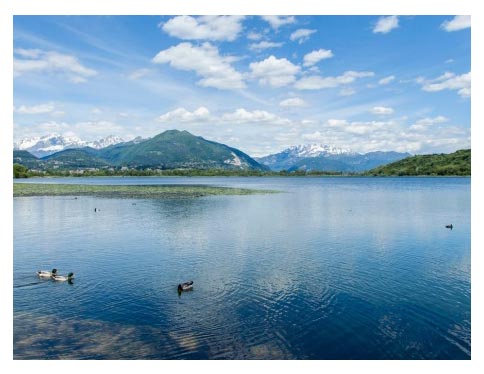
L. Alserio

L. Avigliana

L. Mergozzo
L. Colbricon

L. Mezzola
Some of the lakes studied in detail by the Paleolimnology group of Pallanza with the contribution of Italian and foreign colleagues.
Volcanic lakes

Lake Nemi

Lake Monticchio

Lake Albano
The Albano and Nemi lakes were much studied in the context of the European Paliclas project (PalaeoenvironmentalAnalysis of Italian Crater Lake and Adriatic sediments) and the Monticchio lakes in Basilicata.
HOLOCENE
The image shows the graphs relating to the vertical profiles of algal pigments (chlorophylls and total carotenoids), of carotenoids of cyanobacteria and of anaerobic sulphobacteria in two cores of the lakes of Albano and Nemi these cover about 11,000 years of history, namely the entire recent geological era called Holocene (Guilizzoni and Oldfield 1996). Images show the different sampling stages of Lake Somas in Lapland.
PALICLAS Project

The photo shows the research group that participated in the European Paliclas Project: among others, colleagues Steve Juggins, Daniel Ariztegui, Claudio Belis, Marina Manca, Aldo Marchetto, Christina Chondrogianni, Andrea Lami, Tim Rolph, Carla Accorsi, Anna Maria Mercuri, Marta Bandini Mazzanti, Mauro Frignani, Luisa Forlani, Natale Calanchi, Enrico Dinelli, Federico Lucchini, Francesca Alvisi.




